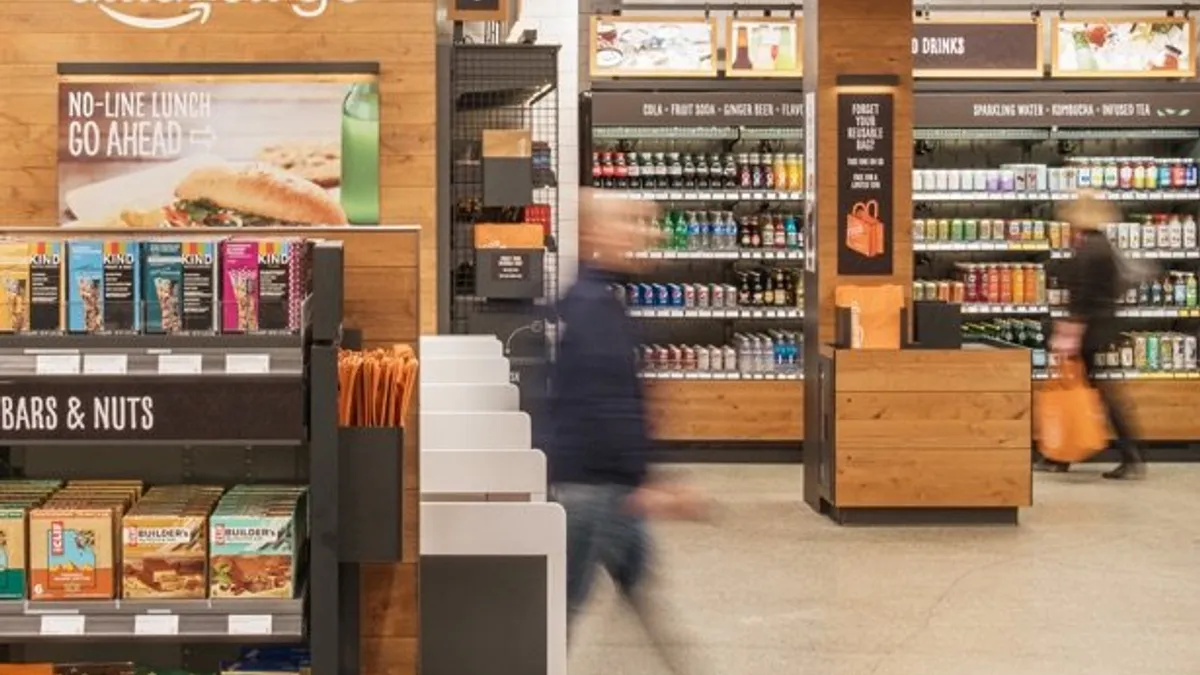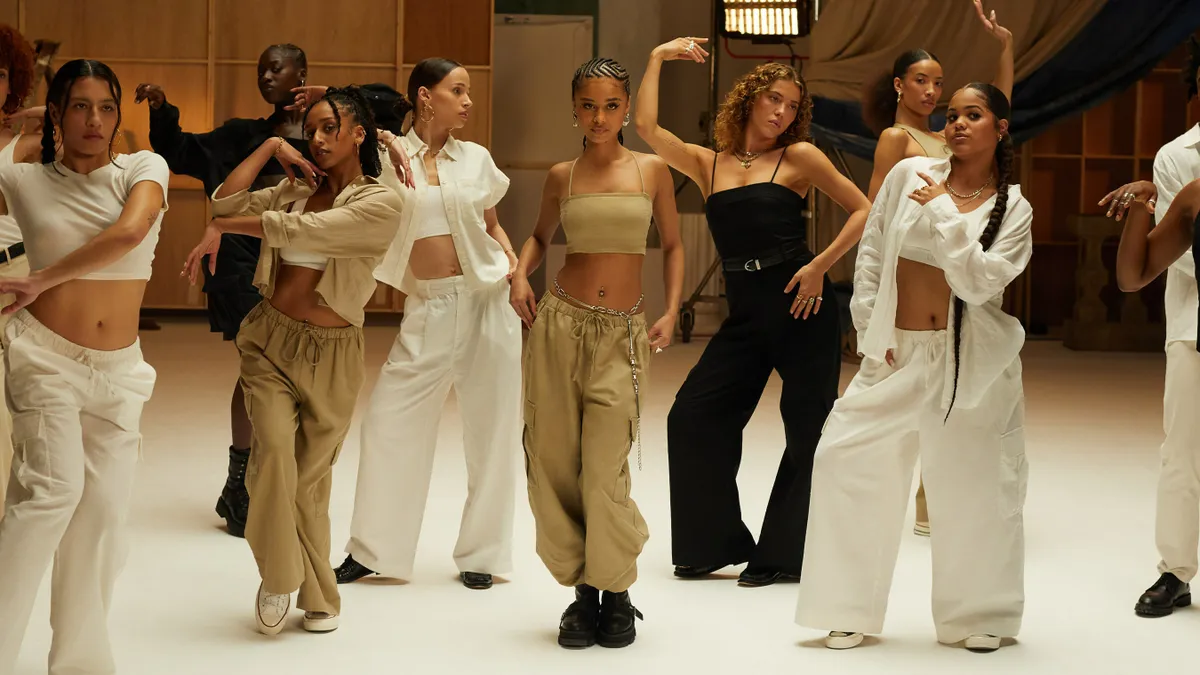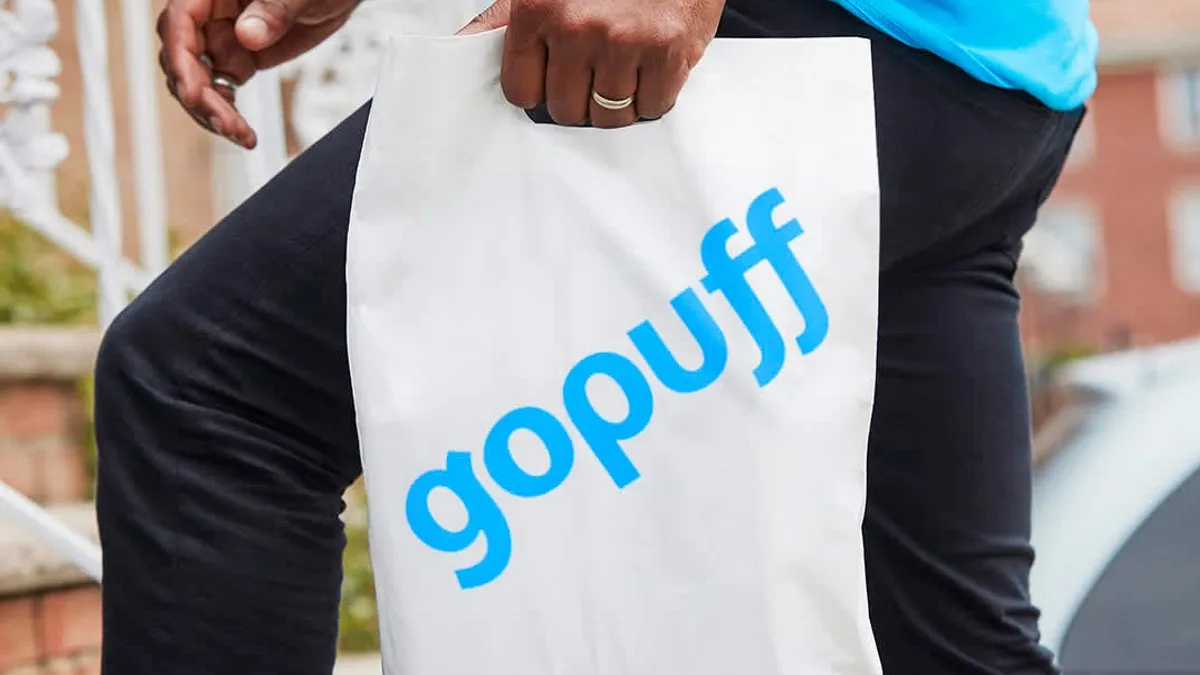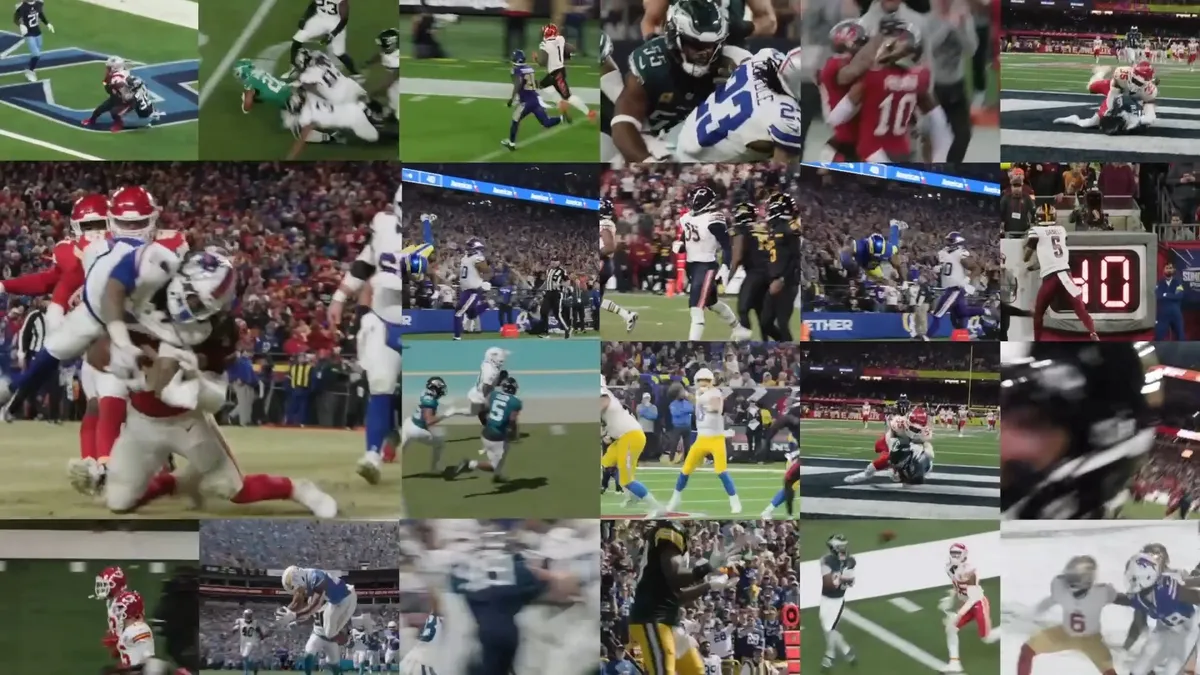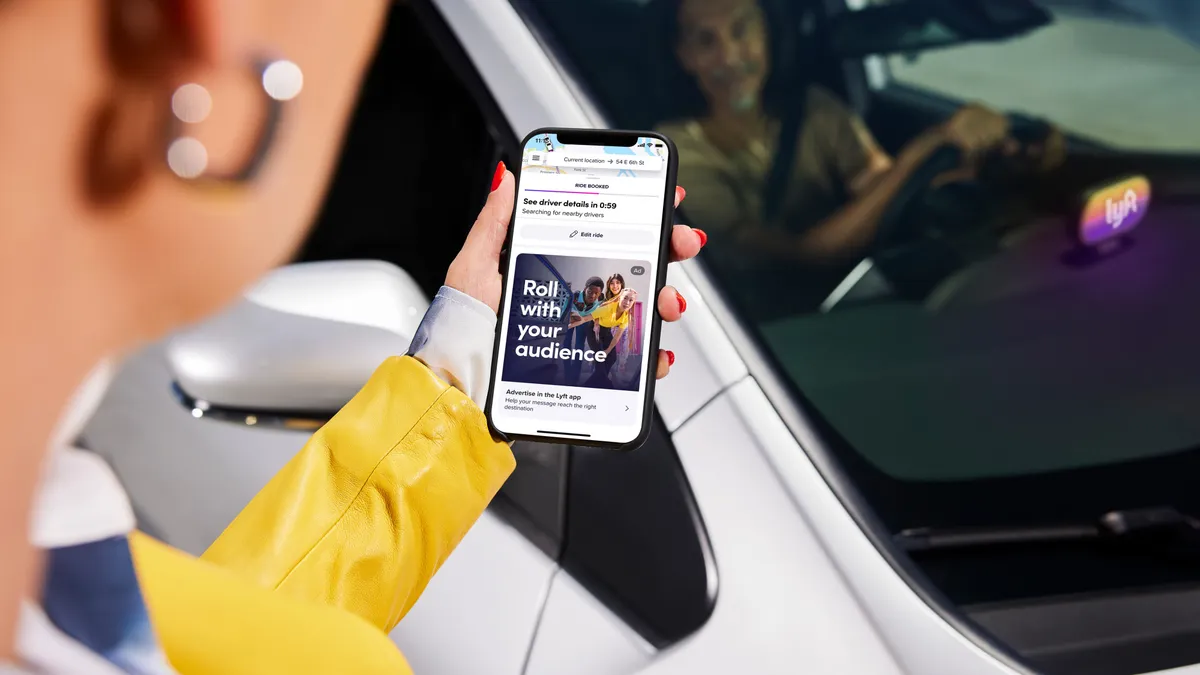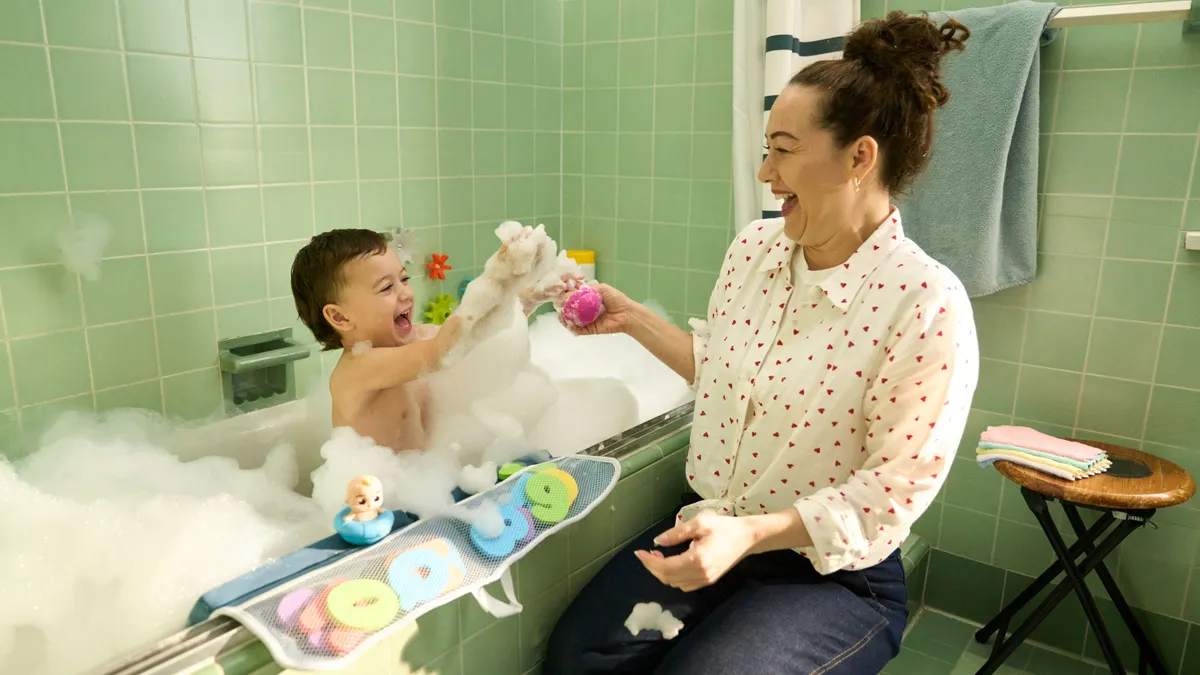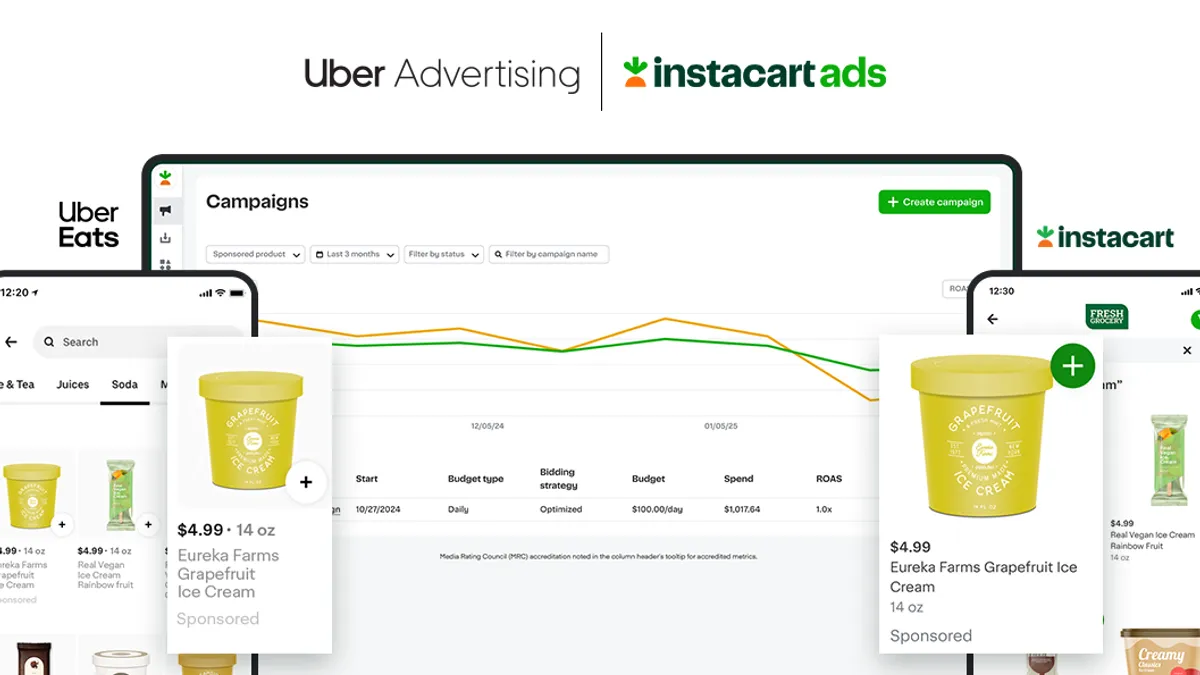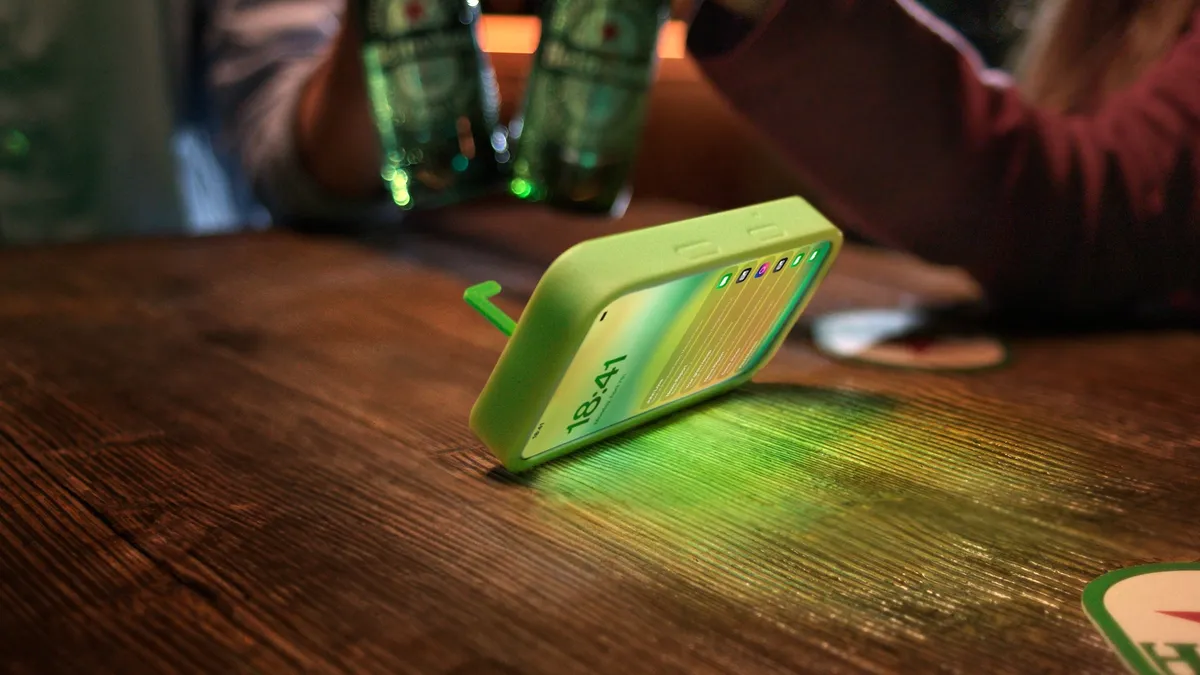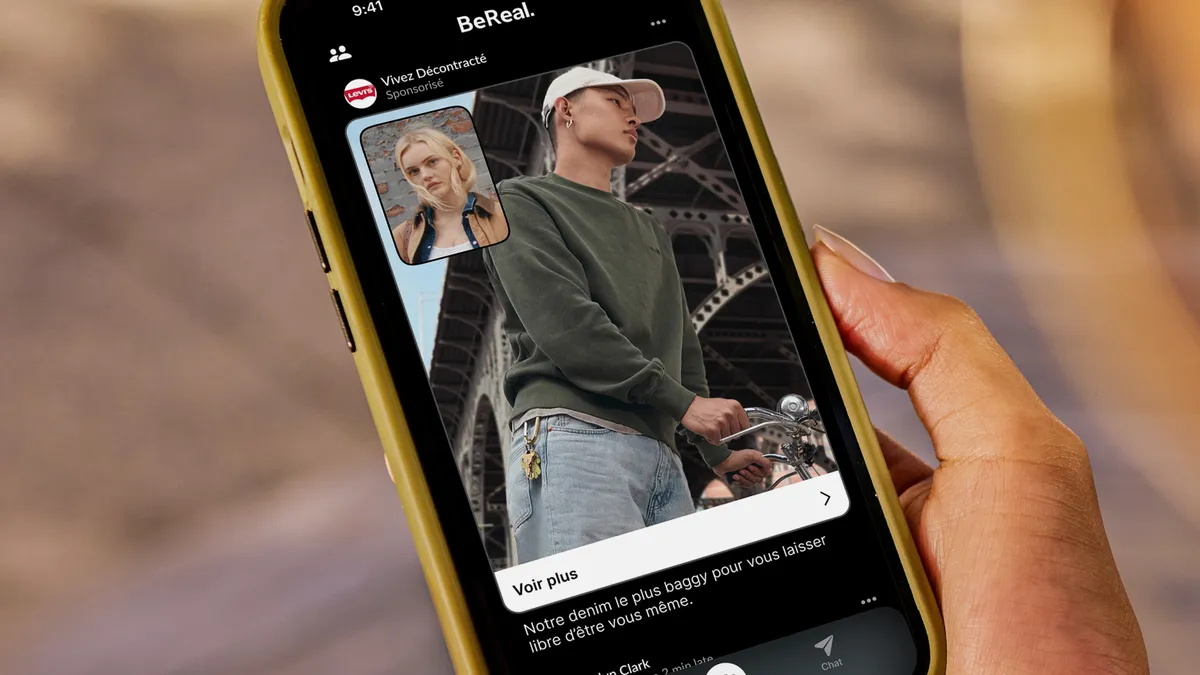Technological innovation used to land squarely in the realm of Silicon Valley startups — a dream investment made possible only by the bold, the risky, the disruptors. For retailers, that perception is changing, and fast. Keeping up with technological advancements is less of an option now and more par for the course.
While Amazon is an obvious leader when it comes to retail tech — from Amazon Go to the constant expansions of the Alexa ecosystem and ever more intimate delivery techniques — nearly every sector of retail has become more involved with perfecting the technology that most customers expect by now.
From giants to smaller companies, there are a lot of experiments in the works. Walmart recently dropped the Scan & Go service from its own stores, but the retail giant continues to play around with it in Sam's Club stores and through a partnership with Chinese company Tencent. Even smaller players like Zara are investing in artificial intelligence and other tech solutions to solve day-to-day issues.
"If you pick a technology and then say: 'how are we going to make this work in our retail environment,' it's probably the wrong question to be asking."

Steve White
Vice President, West Retail Lead, Commerce Strategist at Publicis.Sapient
With experience-driven technology like augmented and virtual reality, the goals tend to be different, but the important thing is to make sure tech isn't being added in just for the sake of having something shiny to show off, according to Steve White, vice president, west retail lead, commerce strategist at Publicis.Sapient.
"For me, that's indicative of a technology back strategy," White told Retail Dive in an interview. "If you pick a technology and then say: 'how are we going to make this work in our retail environment,' it's probably the wrong question to be asking."
Why virtual isn't the new reality
Despite the plethora of augmented reality apps ushered in by Apple's ARKit, experts agree that the full potential for augmented and virtual reality has not yet been reached in retail. Part of that has to do with the lack of a helpful use case for the technology, although augmented reality is much further ahead in that regard than virtual is.
In particular, beauty retailers and furniture retailers seem to have found genuine uses for augmented reality that help customers rather than help the store look more up-to-date. Estée Lauder, for one, launched makeup training through AR in December, and brands and retailers from MAC Cosmetics to Macy's have brought AR magic mirrors into stores, driving more customers to test out products virtually rather than expending time and energy on the traditional try-on process.
Similarly, furniture retailers like Wayfair and Ikea have turned to the technology to take away some of the barriers for testing out furniture, namely: not knowing what a new couch will look like against that back wall of the living room, or how it will look with the armchair that's already in the corner.
"If I'm going to go buy a $200,000 car and I want to step through the different customizations of a Bentley — that's powerful."

Luke Wilwerding
Director of North American Sales at Elo
Indeed, the future of augmented reality lies more in experiential uses that save consumers time than in anything else, Luke Wilwerding, director of North American sales at Elo, told Retail Dive in an interview.
"The experience side of augmented reality and endless aisle to a point, where I'm looking at different features and functions of backpacks or tents or whatever it might be — that will continue to grow," Wilwerding said, noting, though, that virtual reality could be limited to big-ticket items like car purchases. "If I'm going to go buy a $200,000 car and I want to step through the different customizations of a Bentley — that's powerful. You'll see the upsell from that."
Outside of curated experiences for expensive purchases, virtual reality may be making more strides on retail's backend than as a consumer-facing technology. Walmart announced last year that it was testing the technology to help train store associates, and companies like InContext are using it to bring mock warehouses into the virtual world.
Decisions about inventory and product placement, as well as how customers will react to a new form of packaging, can all more or less be made in a virtual store setting, according to InContext's Chief Technology Officer Tracey Wiedmeyer.
"In order to create a metaverse or 'Ready Player One' style world, we're going to have to make a massive leap in technology and battery power and I just don't see that."

Jon Reily
Vice President and Fellow, Commerce Strategy, Publicis.Sapient
"It turns out if you can really provide a lot of realism in that virtual simulation, you're able to get a very high degree of correlation between what happens in the real world and what happens in a virtual store test, somewhere upwards of 90% correlation," Wiedmeyer said. He noted that traditional methods of testing in-store changes, like rolling out the concept to a small number of stores at a time, could end up costing retailers both time and money that VR could cut down on.
Wiedmeyer also sees a future where shoppers could walk through a virtual aisle tailored directly to their preferences, based on past purchases and possible future purchases. A future where VR is more ubiquitously adopted for shopping could be a long time coming, though, according to Jon Reily, vice president and fellow, commerce strategy, Publicis.Sapient.
"Facebook bought the most successful virtual reality company in the world and then they didn't do anything with it," Reily told Retail Dive, pointing out that Facebook has stronger capabilities and more money than many others in the space. "In order to create a metaverse or 'Ready Player One' style world, we're going to have to make a massive leap in technology and battery power and I just don't see that."
Change for the checkout
While not as flashy as mixed reality technologies, the practicality of scan-and-go checkout systems, along with other mobile POS systems, is leading to a reality in which waiting in line at the checkout counter no longer fits. While Amazon Go is the obvious forerunner in the cashierless checkout space, the movement has also spawned efforts from Walmart (which have since ended) and even Dollar General, which recently announced it was testing the feature.
Being able to order on mobile, pick up mobile orders in stores, and go through the entire shopping experience without standing in line — or even talking to anyone if the customer doesn't want to — is becoming a focus for many retailers, especially grocery stores and mass merchants, where both customers and checkout lines are often numerous.
"[W]e have this expectation where everything's ready for me in 60 minutes like a pizza and if I don't walk up and get it, then I'm not happy,"

Jon Reily
Vice President and Fellow, Commerce Strategy, Publicis.Sapient
"It's an example of the online world affecting the offline world in that we have this expectation where everything's ready for me in 60 minutes like a pizza and if I don't walk up and get it, then I'm not happy," Reily said.
That's also led retailers to adopt easier methods of collection for online and mobile orders, like Walmart's buy online, pickup in store (BOPIS) pickup towers, designed to eliminate the need for customers to wait in a customer service line to grab an order. Even coupons have moved to digital: Target, for one, is moving its coupons and loyalty program to mobile in an attempt to make the whole experience digital — no store associate necessary.
Technology convenience plays like these are likely on every retailer's mind, but as good as some retailer intentions are, jumping straight into scan-and-go might not be the best move — and it doesn't guarantee that a retailer will be able to stay ahead of Amazon, according to Wiedmeyer.
"It's taken Amazon five years to develop Amazon Go and you've got retailers trying to figure out how to get to that point in 6 months."

Tracey Wiedmeyer
Chief Technology Officer at InContext
"It's taken Amazon five years to develop Amazon Go and you've got retailers trying to figure out how to get to that point in 6 months," Wiedmeyer said. "It's like a clumsy kind of attempt to catch up and when they do catch up, Amazon will be on to the next thing and they'll have to figure out how to catch up there."
However retailers choose to approach point of sale, self-service methods that offer customers a quicker, more convenient route to the exit likely aren't going anywhere. Wilwerding expects digital checkouts will eventually be spaced throughout stores, and have much more complex capabilities than they currently do — among them, a seamless way for customers to purchase some items in store and have others shipped to their house in the same transaction.
With all the upsides that in-store tech offers, though, the convenience of self-checkout has put some retailers, like Starbucks, in a tough position. The coffee chain's mobile ordering system is incredibly popular — in January the company said it made up 11% of customer orders, and in March the retailer expanded the service to non-rewards members — but it also means less customers are interacting with staff.
"A lot of retailers are having problems or trying to reconcile the self-scanning or the grab-and-go phenomenon because their customer service or their experience is part of what they feel like differentiates them as a retailer," White said, placing both Starbucks and Nordstrom in this camp. "Sometimes that's just their perception and they're overvaluing themselves, but other times it's real."
Backend tech and a successful frontend experience
The frontend isn't the only playground where retailers are experimenting with tech, though. Retailers are implementing technology to help manage inventory problems and train employees on the backend as well — and the opportunities vary from the frontend to the backend.
Virtual reality has yet to make a real impact on the individual level on the consumer side, but the technology is more accessible for large companies from a cost perspective. Even so, virtual reality isn't ubiquitous on the retail backend either. Companies must weigh the costs of the technology against the costs of what they're already doing, and deciding to switch operations over to a digital platform often requires "organizational change," Wiedmeyer said.
"We're sort of erasing that concept of a physical mock warehouse."

Tracey Wiedmeyer
Chief Technology Officer at InContext
"We're sort of erasing that concept of a physical mock warehouse," he noted. "You've got real estate involved there, you've got capital expense, you've got employees that are maintaining it, and oftentimes it's hard to rinse those things off and redeploy that capital and your employees to other more productive areas."
In other ways, though, frontend technology serves a dual purpose, cleaning up processes on the backend while also offering the customer an in-store benefit. Endless aisle — the idea that a customer can digitally look through a retailer's entire inventory without the retailer having to stock everything — is an example of that, and could lead to more retailers positioning themselves as showroom-style locations.
"Endless aisle is growing at retailers like furniture retailers, where keeping things in stock is hard," Wilwerding said. "I can see everything I want online. When I'm standing in a store I might see a select grouping of items, but digital is the perfect way to further amplify what could be offered and try to save that sale or ensure that I get that sale."
The success of future augmented and virtual reality experiences in stores is also reliant on strong backend processes, according to White. Electronic signage that includes much more detailed information than just the price could be on the horizon, but the real barrier for retailers is "their ability to sync all of those data sources and databases in the backend and make it bring that experience to life on the front end," White said.
Face time
Talking about technology is hard to do without talking about employees — the great debate over whether robots will replace store associates (and whether customers would even notice if they did) seems never to end. But for the most part, technology in stores seems focused on either making employee jobs easier or freeing up employees to perform more meaningful tasks.
That doesn't necessarily spell the end of customer interaction. Sephora's store associates serve more as beauty advisors than anything else, and they're there to help out customers who want a one-on-one consultation. At the same time, though, tablets in stores allow shoppers to help themselves — a phenomenon that appeals to a lot of people, especially a large number who don't see the value in store associates.
"There's nothing more frustrating than me being a smart person and having to go stand in line at customer service with everyone else ... "

Luke Wilwerding
Director of North American Sales at Elo
For retailers, that could mean that instead of having multiple greeters at the front of stores, companies turn to a technological solution that provides customers with information about deals or the store layout. It could also mean less staffing at digital pickup areas, and more BOPIS pickup stations in general, according to Wilwerding.
"There's nothing more frustrating than me being a smart person and having to go stand in line at customer service with everyone else trying to return something or complain about something, or stand in line to buy something when I've already bought it," Wilwerding said, noting that if employees don't have to staff these areas, retailers can employ them elsewhere.
Wilwerding also pointed out that these technologies tend to replace jobs that aren't very exciting for employees to begin with, and giving employees access to technology that helps them do their job is more likely to increase employee satisfaction and also get customers the information they don't already know, like whether items are in stock or how their Alexa works with a Smart Plug.
In the end, adopting technology that either replaces the need for a store associate or helps a store associate do their job could end up better serving customers, Wilwerding said — and for a smaller price tag.
"What's the cost of a Walmart greeter?"
This story was updated to reflect a new company name and titles.



